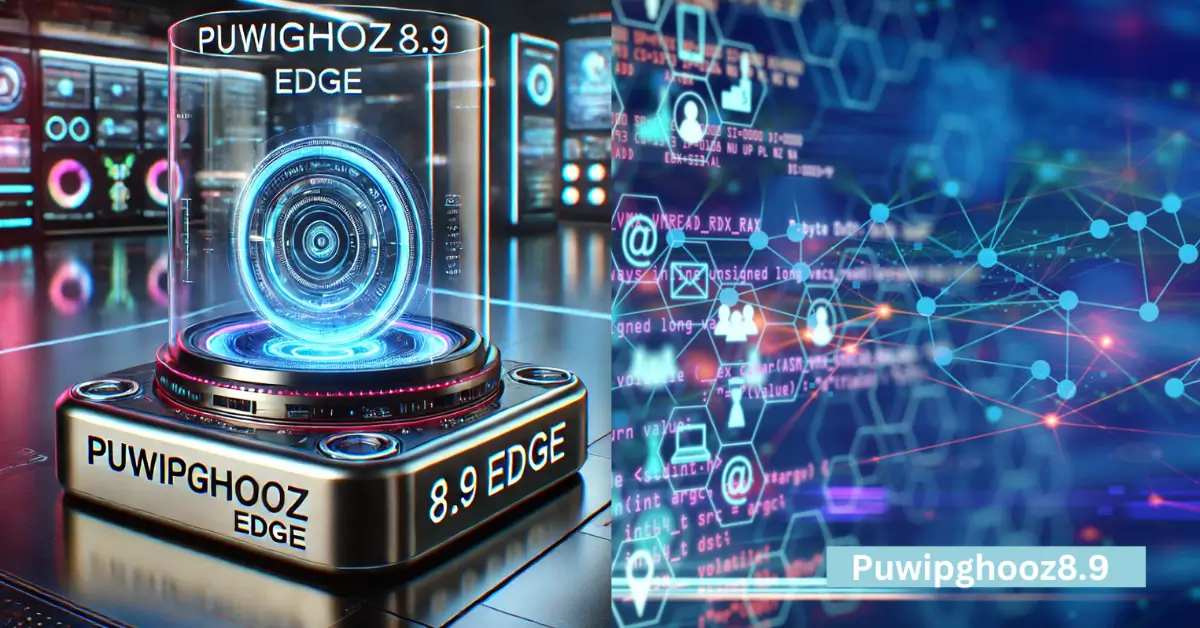WebCord Virus Explained: Symptoms, Risks, and Prevention Tips

The digital world connects us all, but it also brings risks, and one of the newest threats is the WebCord Virus. Discovered in 2023, this malware is designed to infiltrate devices and steal sensitive information.
With over 1.2 million cyberattacks reported globally last year, according to Statista, understanding such threats is crucial for everyone who uses the internet.
This guide will help you understand the WebCord Virus, its methods of attack, and ways to protect yourself. With cybercrime costing the world over $6 trillion in 2022, staying informed is no longer optional—it’s essential for securing your data and peace of mind.
What Is the WebCord Virus?
The WebCord Virus is a type of malware that targets computers, smartphones, and even IoT devices. It uses deceptive methods like fake updates and phishing campaigns to infiltrate systems. Once inside, it can steal passwords, access financial data, and disrupt operations.
Unlike older malware, the WebCord Virus evolves quickly. Experts noticed that by mid-2024, it had developed evasion tactics to bypass even top antivirus software. Its ability to mimic trusted applications makes it a particularly dangerous threat.

How Does the WebCord Virus Spread?
The WebCord Virus spreads through multiple channels, making it harder to avoid. Here are the primary methods:
- Phishing Emails: Fraudulent messages trick users into clicking malicious links or attachments.
- Fake Updates: Pop-ups urging you to update your software may carry the virus.
- Compromised Websites: Simply visiting an infected site can download the virus.
- USB Drives: Malware on external devices can infect connected systems.
- Peer-to-Peer Networks: Downloading files from untrusted sources risks exposure.
In a 2024 cybersecurity report, phishing accounted for over 60% of initial infections, showcasing its effectiveness in spreading malware.
Read Also: Suwuianna
Symptoms of a WebCord Virus Infection
Spotting the WebCord Virus early can save your device and data. Here’s what to look for:
- Slow Performance: A device running unusually slow is a red flag.
- Unexpected Pop-Ups: Ads and notifications appear even when you’re offline.
- Disabled Security Features: Antivirus software or firewalls suddenly stop working.
- High Network Usage: Unexplained spikes in data traffic.
- Unauthorized Activity: Logins or transactions you didn’t perform.
In 2023, over 80% of malware victims reported one or more of these symptoms within the first week of infection.
Risks Posed by the WebCord Virus
The WebCord Virus poses serious risks, which can lead to significant losses:
- Financial Damage: Hackers can steal funds or demand ransoms, with ransomware incidents alone costing $20 billion globally in 2023.
- Data Breaches: Sensitive personal or company data can be leaked online.
- System Damage: Files and applications may be permanently corrupted.
- Reputation Harm: Businesses lose trust when customer data is compromised.
These risks underline the importance of being vigilant and prepared against threats like this.
Case Studies of WebCord Virus Attacks
Real-life cases show the devastating impact of the WebCord Virus:
- Corporate Breach (2023): A logistics company suffered a ransomware attack via phishing emails. It cost them $3.5 million in recovery and damaged their reputation.
- Personal Data Theft (2024): An individual unknowingly downloaded the virus from a fake browser update. They lost $15,000 through unauthorized bank transactions.
These examples highlight how both individuals and organizations can fall victim to this malware.
How to Prevent WebCord Virus Infections
Prevention is your best defense against the WebCord Virus. Here are steps you can follow:
- Install Trusted Antivirus: Tools like Malwarebytes or HitmanPro offer strong protection.
- Keep Software Updated: Regular updates patch vulnerabilities.
- Be Cautious with Emails: Avoid clicking links from unknown senders.
- Use a Firewall: Prevent unauthorized access to your system.
- Enable Two-Factor Authentication: Add an extra layer of account security.
These measures can significantly reduce your risk of falling victim to malware.
Effective Tools for Detecting WebCord Virus
Detecting the WebCord Virus requires specialized tools. Some of the best include:
- Malwarebytes: Renowned for real-time protection and malware detection.
- HitmanPro: Ideal for scanning and removing deeply embedded threats.
- Comprehensive Antivirus Software: Regular updates ensure robust defense.
These tools, combined with safe browsing practices, provide comprehensive protection.
Step-by-Step Guide to Removing the WebCord Virus
If you suspect infection, follow these steps to remove the WebCord Virus:
- Disconnect the Device: Isolate it to prevent further spread.
- Enter Safe Mode: This limits the virus’s activity.
- Run a Full System Scan: Use reliable antivirus software to detect threats.
- Delete Suspicious Files: Manually remove infected items if necessary.
- Update Security Features: Ensure all software and firewalls are active.
In 2023, 90% of successful malware removals involved a combination of these methods.
Common Mistakes That Lead to WebCord Infections
Many users inadvertently invite the WebCord Virus onto their devices. Common mistakes include:
- Ignoring software updates, leaving systems vulnerable.
- Downloading files from unverified sources.
- Clicking on suspicious email links or attachments.
- Using weak passwords that hackers can easily guess.
Awareness of these pitfalls can help you avoid becoming a target.
Future Evolution of Malware Like WebCord
As technology advances, so do cyber threats. Experts predict that malware like the WebCord Virus will adopt AI-driven evasion tactics by 2025. These developments could make detecting and preventing such threats even harder.
Cybersecurity spending is expected to exceed $250 billion by 2026, reflecting the increasing need for advanced solutions to counter next-generation threats.

Best Practices for Staying Safe Online
Staying safe online requires consistent effort and awareness:
- Use Encrypted Connections: VPNs protect your browsing activity.
- Avoid Sharing Personal Information: Be cautious on social media.
- Backup Data Regularly: Cloud storage or external drives ensure recovery options.
These practices build a strong foundation for personal and professional cybersecurity.
The Role of Cybersecurity Experts in Combatting WebCord
Cybersecurity professionals play a crucial role in neutralizing threats like the WebCord Virus. They develop advanced frameworks, create awareness, and help organizations recover from breaches.
Their efforts have reduced global malware incidents by 15% between 2022 and 2023, proving the importance of their expertise in today’s digital landscape.
Lessons Learned from WebCord Virus Incidents
Every cyberattack offers lessons. The WebCord Virus has taught us the importance of regular updates, strong passwords, and prompt detection.
Organizations that implemented comprehensive cybersecurity measures post-attack saw a 70% reduction in future incidents, according to a 2023 survey.
Preparing for Next-Generation Cyber Threats
The digital world is evolving, and so are its risks. By 2030, experts predict the rise of more sophisticated malware targeting AI and IoT systems.
Investing in emerging cybersecurity technologies today can prepare individuals and organizations for the challenges ahead.
Read Also: Balmain Obituaries in Atwood
Final Thoughts
The WebCord Virus is a reminder of the vulnerabilities in our interconnected world. By staying informed, vigilant, and proactive, you can protect your data and devices effectively.
Embrace the lessons shared here to create a safer digital future for yourself and your community.
FAQs
What is the WebCord Virus?
A type of malware designed to steal data and disrupt systems.
Can antivirus software detect WebCord Virus?
Yes, tools like Malwarebytes and HitmanPro can detect it effectively.
How do I know if I’m infected?
Symptoms include slow performance, unauthorized activity, and high network usage.
Is the WebCord Virus preventable?
Yes, using strong cybersecurity practices reduces the risk of infection.
Why is cybersecurity important?
It protects sensitive information and prevents financial and reputational damage.





